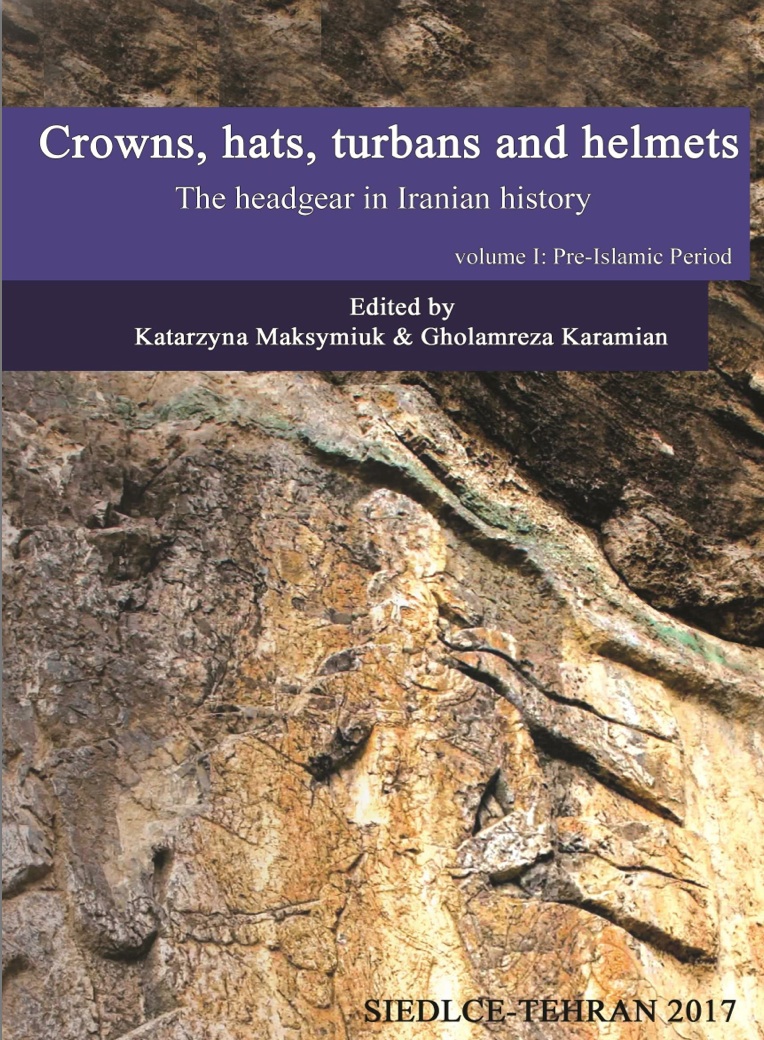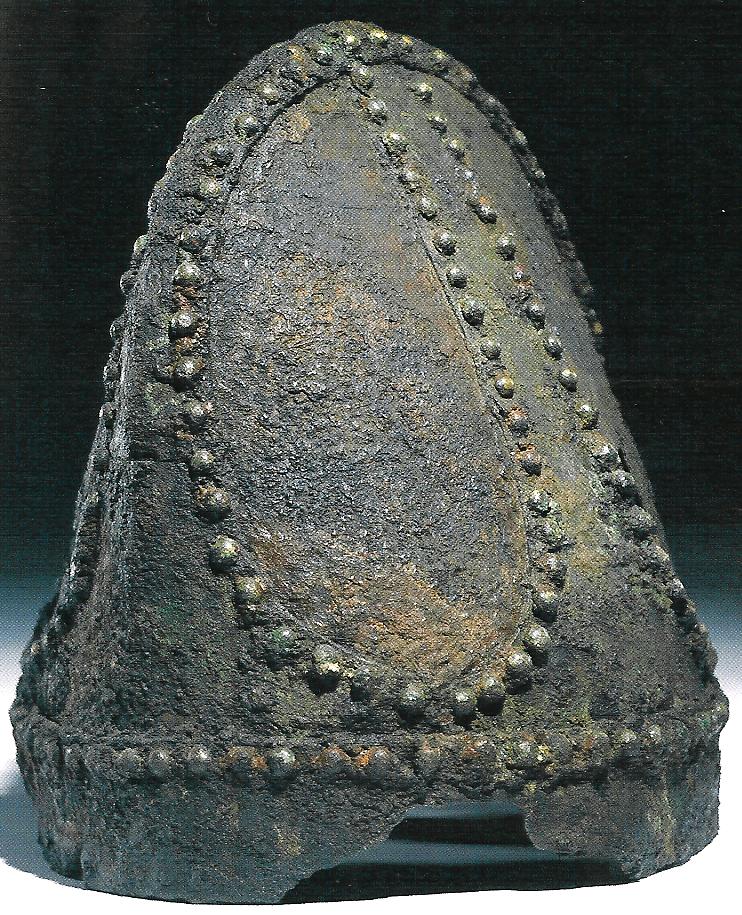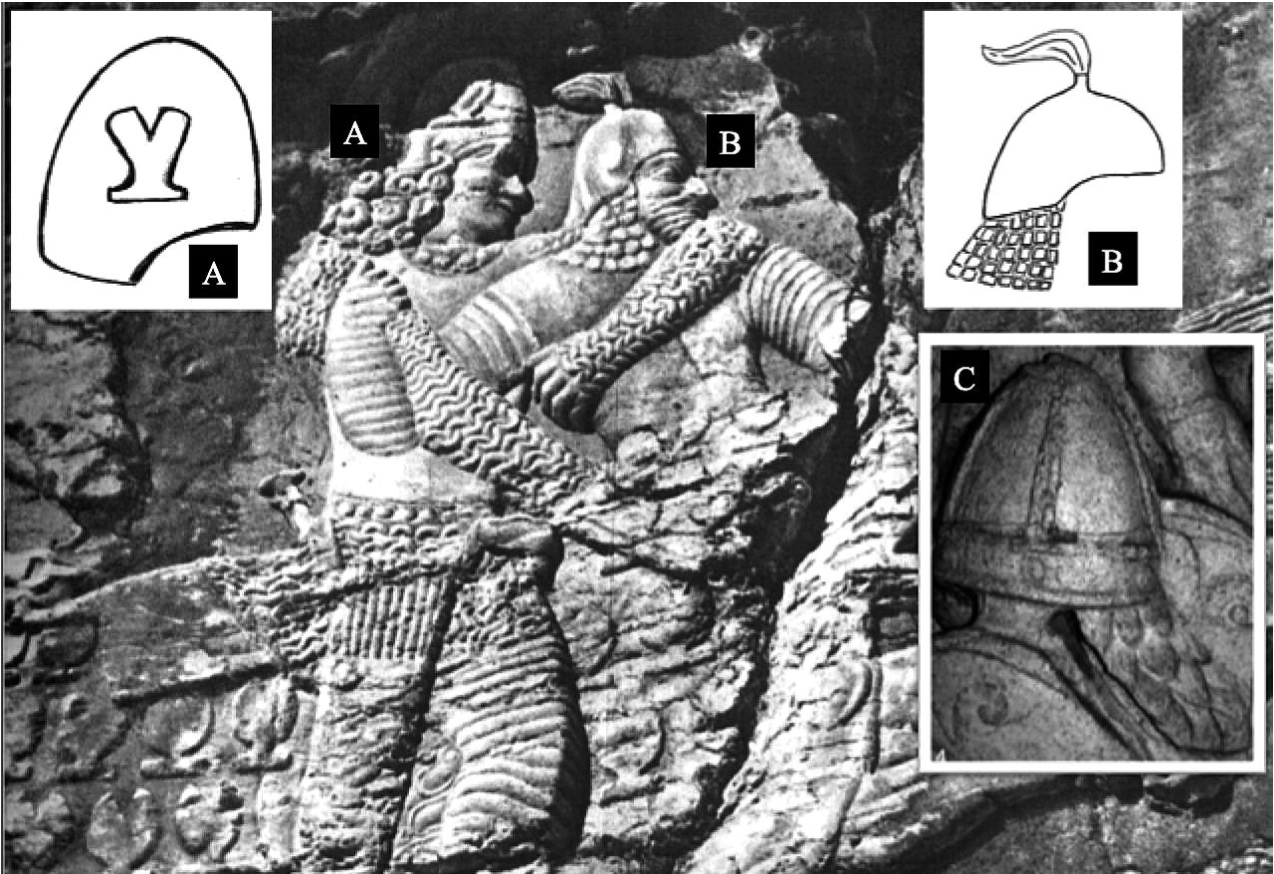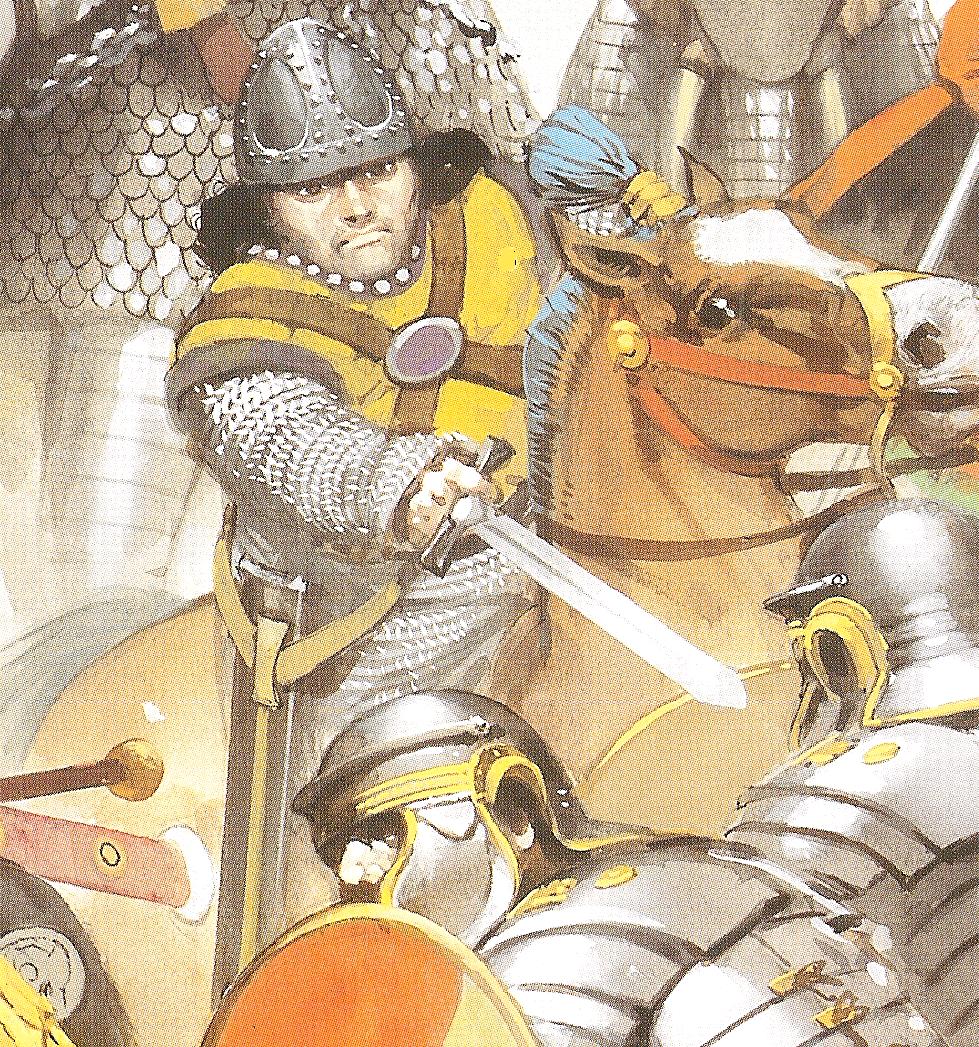A book chapter has been published in the academic textbook “Crowns, Hats Turbans and Helmets” by Kaveh Farrokh, Reza Karamian, Adam Kubic and M. Oshterinani (click the link below in Academia.edu for downloading the entire chapter):

A glance at the Table of Contents section of the book reveals book chapters by world-class international expert military historians which include:
- David Nicolle (Nottingham University, United Kingdom)
- Ilkka Syvanne (University of Haida, Israel)
- Mariusz Mielczarek (Polish Academy of Sciences, Łódź, Poland)
- Svyatoslav V. Smirnov (Russian Academy of Sciences, Moscow, Russia)
- Dan-Tudor Ionescu (Metropolitan Library of Bucharest, Romania)
- Sergei Yu. Kainov (State Historical Museum, Moscow, Russia)
The above list is only a sample of the academic experts contributing to the recent book, as the table of contents will reveal. The book chapter by Farrokh, Karamian, Kubic and Oshterinani provides an in-depth analysis into the study of Parthian and Sassanian helmets. As noted in the Abstract (page 121):
“This paper examines Iranian helmets from the 2nd century BCE Parthian era into the Sasanian era in the 3rd to 7th century CE. Analyses involve excavated helmets, and depictions of helmets on plaques, coins, bullae, metalworks and stone reliefs housed in museums, private collections and auction houses. Clay sculptures and wall paintings in Central Asia, depictions on Roman victory columns and the line drawings of Dura Europos as well as the reliefs in Iran provide additional information on Iranian headgear and helmets. Sasanian helmets appear to have utilized a rank and/or heraldry system with the possibility that helmets varied between the different regions of the Sasanian Empire (especially between the western and northeast regions). Limitations to research due to limited (especially Parthian) helmet samples are discussed with suggestions for further research”.

Sassanian Spangenhelm Helmet recovered from Nineveh in modern-day Iraq which would have been a part of Sassanian Enpire (224-651 AD) at the time. The Spangenhelm helmet was constructed by fastening metal plates together by rivets (Picture Source: Farrokh, K., Shadows in the Desert: Ancient Persia at War, Osprey Publishing, pp.223).
As averred to in the article (page 122):
“The most recent discovery of a depiction of late Parthian or early Sasanian headgear was made by the 2015 archaeological expedition of Gholamreza Karamian and Meysam Delfan at Koohdasht in Lorestan, Western Iran. The team discovered a 27 x 27 cm relief panel (known to locals as Panj-e Ali or Claw of Ali) displaying a mounted cavalryman charging with a lance …”

Fig. 8. Left panel of Fīrūzābād battle of 224 CE, (photo: Iran Ministry of Foreign Affairs, 1971); Drawings and slide design: K. Farrokh, 2016, As acknowledged by the editors of the textbook Katarzya Maksymiuk & Gholamreza Karamian: “First of all, we would like to thank all contributors to this book whose insightful work we had the honour to edit. We would like to express our gratitude to everyone whose worked helped to bring this volume to press, above all our sincere thank you goes to the reviewers of the manuscript, Leonardo Gregoratti (University of Durham, United Kingdom) and parviz Talaee (Shaid Bahonar University of Kerman, Iran). Last but not least, this undertaking would not have been possible without the abiding support of Vesta Sarkhosh Curtis (the British Museum, London, United Kingdom), Michael Richard Jackson Bonner (Toronto, Canada), Touraj Daryaee (University
of California, Irvine, USA), Erich Kettenhofen (University Trier, Germany), Eduard Khurshidian (National Academy of Sciences of Armenia, Yerevan, Armenia), Aliy Kolesnikov (Russian Academy of Sciences, St. Petersburg, Russia), Jerzy Linderski (University of North Carolina at Chapel Hill, USA), Ciro Lo Muzio (Sapienza University of Rome, Italy), Christian MIKS (the Romano-Germanic Central Museum, Mainz, Germany), Valery Nikonorov (Russian Academy of Sciences, St. Petersburg, Russia), Nicholas Sekunda (University of Gdańsk, Poland)”. Sassanian knight at the time of Shapur II (309–379) engaging Roman troops invading Iran in 333 AD. Note the Spangenhelm helmet and suit of mail covering arms and torso. This knight resembles early Sassanian warriors in which he sports a decorative vest and a medallion strap on his chest; he also dons a Spangenhelm helmet. He has lost his lance in an earlier assault and is now thrusting his heavy broadsword using the Sassanian grip (known in the west as the ‘Italian’ grip) in the forward position for maximum penetration effect. The sword handle is based on that depicted for one of Shapur I’s swords (British Museum B.M.124091); the sheath is based on the Bishapur depictions. His sword tactic is meant for shock and short engagements; he will then retire and discharge missiles. The bow and missiles in the left hand will be deployed as the knight redeploys at least 20 meters away. The quiver is modelled on that of King Pirooz (New York Metropolitan Museum Inv.34.33) (Picture Source: Farrokh, K., Elite Sassanian Cavalry-اسواران ساسانی-, Osprey Publishing, 2005, Plate D, pp.61). The concluding section of this Book Chapter begins as follows (page 138): “This study leads us to the conclusion that the Sasanian military constructed several types of helmets from the known early 3rd century CE ridge helmet (2-piece) to the later multi-segment systems of the 5th to 7th centuries CE housed in European and US museums and auction houses. Examination of the iconography of Sasanian sites leads to questions as to whether other types of helmets, such as the earlier Parthian-Seleucid types, had been built as well. Another complicating factor is the restraint required when interpreting the function of helmets as displayed in iconography, as it cannot be ascertained if these were ceremonial or functional (for battle).”




